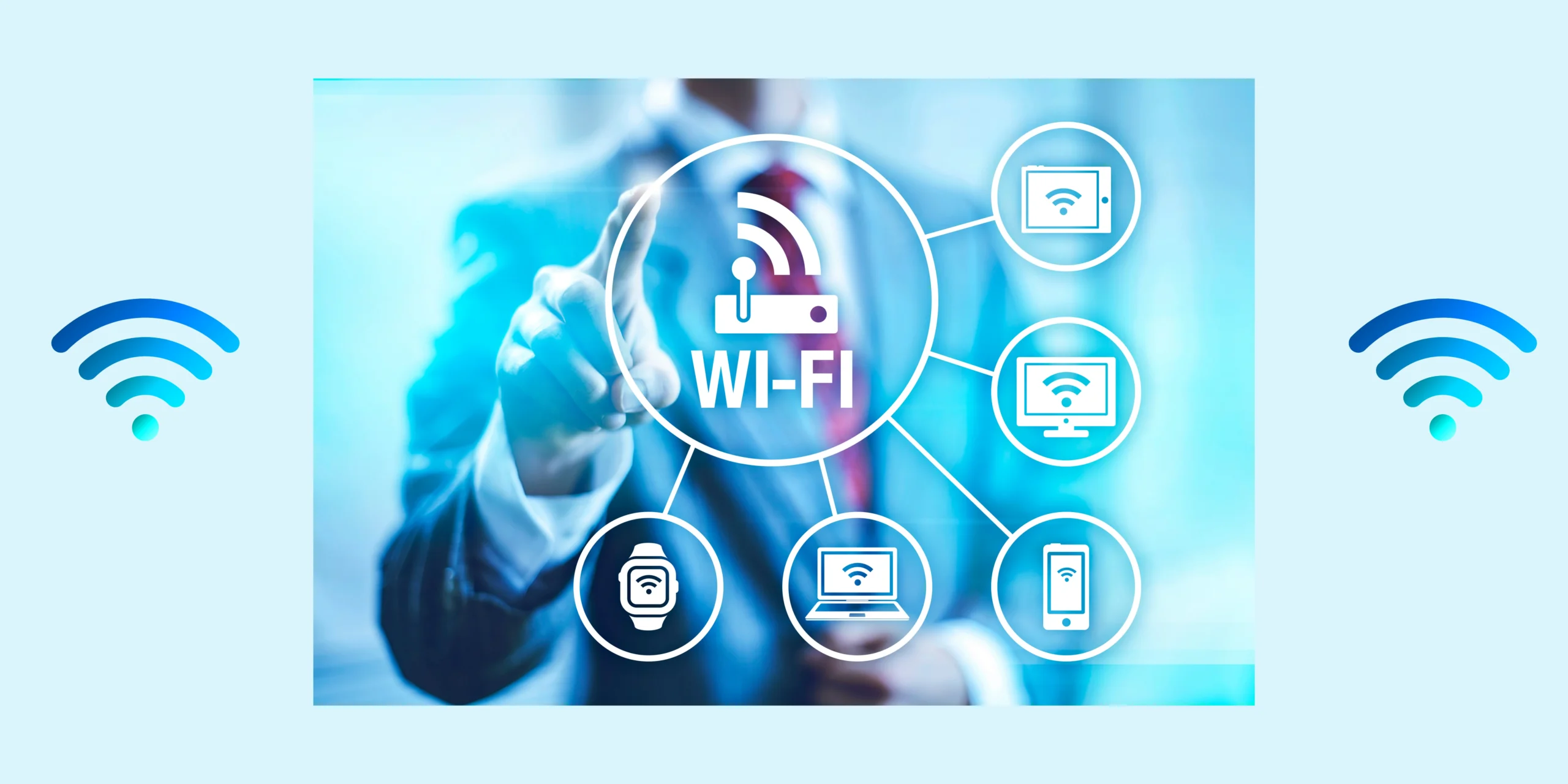In today’s hyper-connected world, reliable and efficient Wi-Fi is essential for both individuals and businesses. But managing a Wi-Fi network, especially in large or complex environments, can be a daunting task. This is where Managed Wi-Fi comes into play. If you’re new to the concept, don’t worry—this guide will walk you through what Managed Wi-Fi is, how it works, and why it might be the perfect solution for your connectivity needs.
What Is Managed Wi-Fi?
Managed Wi-Fi refers to a professionally overseen wireless network service that provides businesses and organizations with seamless, secure, and high-speed internet access. Unlike traditional Wi-Fi setups, where the user is responsible for installation, management, and troubleshooting, a Managed Wi-Fi provider handles everything. This includes setup, maintenance, monitoring, upgrades, and even security enhancements.
How Does Managed Wi-Fi Work?
At its core, Managed Wi-Fi relies on advanced hardware and software solutions managed by a third-party service provider. Here’s a breakdown of how it typically works:
Network Assessment:
The provider evaluates your location, business size, and connectivity requirements to design a Wi-Fi solution tailored to your needs.
Equipment Installation:
Enterprise-grade hardware like routers, access points, and switches are installed to ensure optimal performance and coverage.
Ongoing Management:
The provider continuously monitors the network to identify and resolve issues, optimize performance, and apply security updates.
Scalable Solutions:
As your business grows, Managed Wi-Fi can be scaled up easily without requiring you to replace equipment or overhaul the system.
User Support:
Many providers offer 24/7 support to troubleshoot user issues and ensure uninterrupted service.
Features
Managed Wi-Fi services come packed with features that make them a game-changer for businesses.
Proactive Monitoring:
Providers monitor the network round-the-clock, ensuring minimal downtime and quick resolution of any issues.
Enhanced Security:
Managed Wi-Fi includes robust security measures such as firewalls, encryption, and regular updates to protect against cyber threats.
Customizable Networks:
Businesses can create guest networks, control bandwidth allocation, and set user permissions based on their requirements.
Cloud-Based Management:
Many Managed Wi-Fi services are managed via cloud platforms, allowing real-time updates, remote troubleshooting, and seamless scalability.
Advanced Analytics:
Insights into user behavior, network usage, and performance trends help businesses optimize operations and enhance customer experiences.
Benefits
Seamless Connectivity
Managed Wi-Fi ensures uninterrupted, high-speed internet across your premises, eliminating common issues like dead spots and slow speeds.
Cost Savings
By outsourcing Wi-Fi management, businesses save on hiring in-house IT staff and avoid unexpected expenses related to equipment failures or network upgrades.
Focus on Core Operations
With Wi-Fi management off your plate, you can focus on growing your business without worrying about connectivity issues.
Scalability and Flexibility
Managed Wi-Fi grows with your business. Whether you’re opening a new branch or hosting an event, your network can adapt to meet changing demands.
Enhanced User Experience
From employees to customers, everyone benefits from a reliable and fast internet connection. Guest networks can also enhance customer satisfaction.
Who Can Benefit from Managed Wi-Fi?
Managed Wi-Fi isn’t just for large corporations. It’s ideal for:
- Retail Stores: Offering customers free Wi-Fi can boost foot traffic and sales.
- Educational Institutions: Seamless connectivity for students, teachers, and administrative staff.
- Healthcare Facilities: Reliable networks for patient records, telemedicine, and guest access.
- Hospitality Industry: Hotels and cafes can enhance customer satisfaction with fast, secure Wi-Fi.
- Event Venues: Large gatherings require robust networks to accommodate multiple users simultaneously.
Managed Wi-Fi vs. Traditional Wi-Fi
| Aspect | Managed Wi-Fi | Traditional Wi-Fi |
| Setup and Maintenance | Provider handles all setup and management | User is responsible for setup and fixes |
| Scalability | Easily scalable with growing needs | Limited; requires manual upgrades |
| Security | Advanced, enterprise-level security | Basic security measures |
| Cost | Long-term cost savings with managed plans | Initial setup can be cheaper |
| User Support | 24/7 expert support available | Limited; often requires in-house expertise |
Choosing the Right Provider
When selecting a Managed Wi-Fi provider, consider the following factors:
Experience and Expertise:
Choose a provider with a proven track record in delivering reliable Managed Wi-Fi solutions.
Customizable Solutions:
Ensure the provider offers tailored packages to meet your specific business needs.
Support and Service Level Agreements (SLAs):
Look for 24/7 customer support and SLAs that guarantee minimal downtime.
Cost Transparency:
Opt for a provider with clear pricing structures and no hidden fees.
Conclusion
Managed Wi-Fi is more than just a convenience—it’s a strategic investment for businesses aiming to improve efficiency, security, and user experience. By outsourcing your Wi-Fi management to experts, you can focus on your core operations while enjoying the benefits of a seamless, high-speed network.
